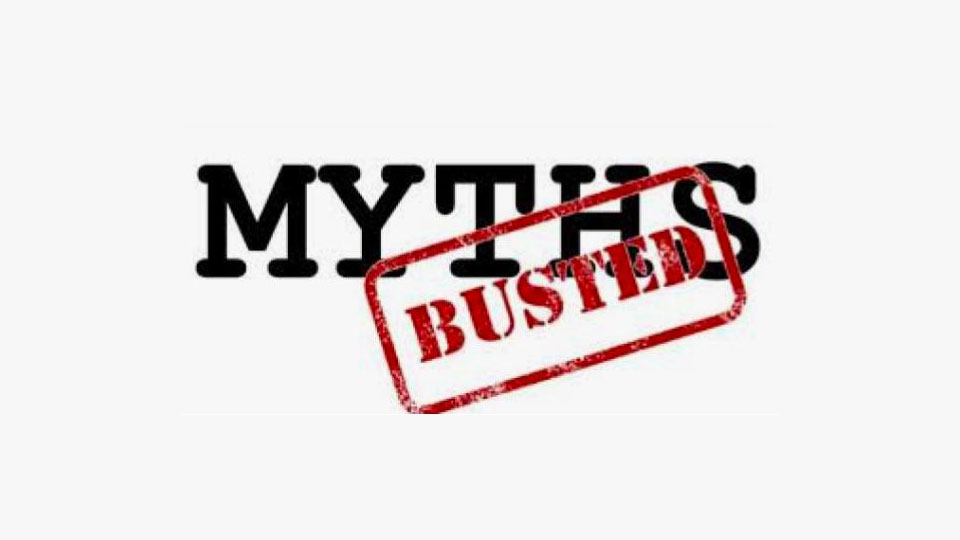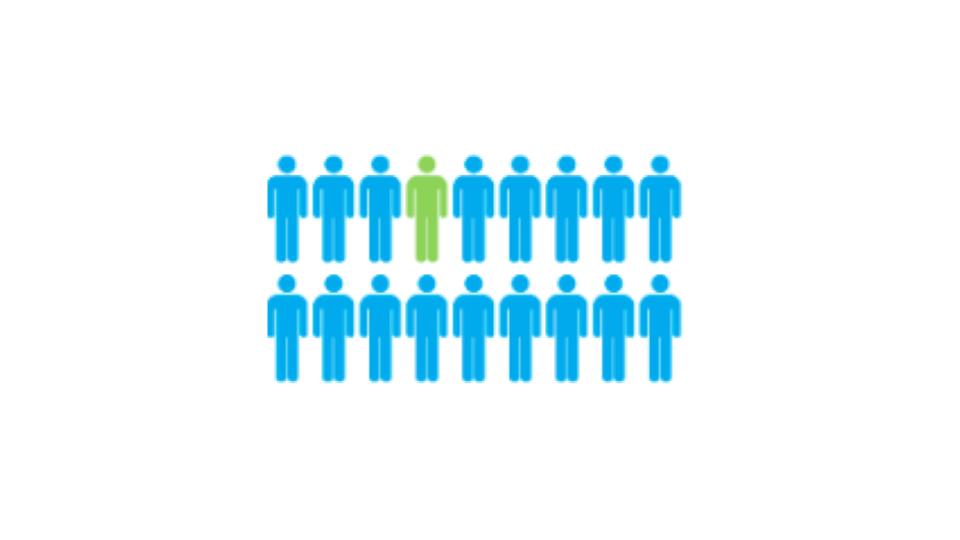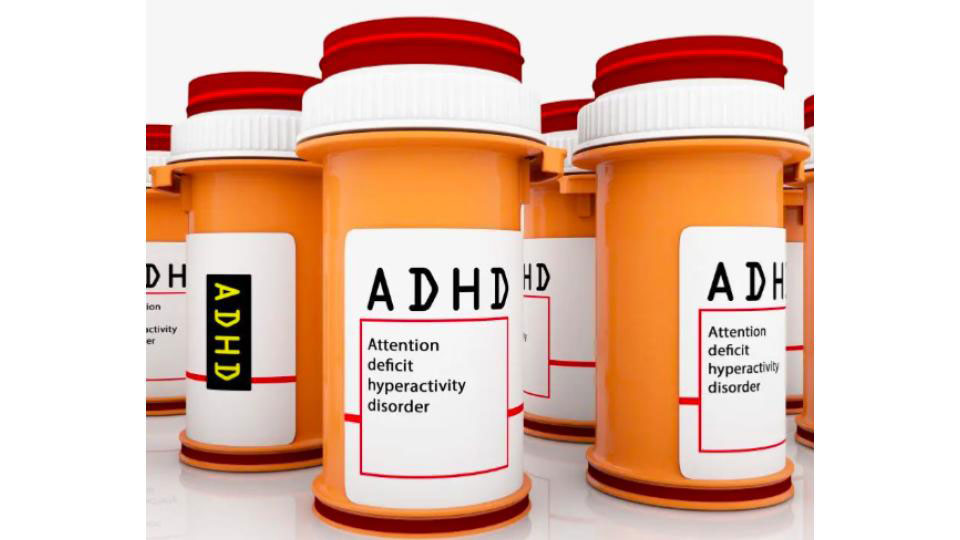Obsessive Compulsive Disorder (OCD)

OCD is not just liking things neat. It is a debilitating disorder which causes significant distress to someone suffering from it. Obsessive-compulsive disorder (OCD) is a chronic mental health condition characterised by obsessions which lead to compulsive behaviours. OCD features a pattern of unwanted (and often distressing) thoughts (obsessions) that lead you to perform repetitive behaviours (compulsions).
OCD Diagnosis
OCD Diagnosis is conducted by Dr Rastogi as part of the intake interview. Which includes diagnostic tools, understanding and recognition of symptoms and a detailed family history to check for genetic predispositions in children. On a case to case basis further assessments focused on identifying specific behaviours may be required.
OCD Treatment
Obsessive-compulsive disorder treatment may not result in a cure, but it can help bring symptoms under control. Depending on the severity of OCD, some people may need long-term, ongoing or more intensive treatment. The two main treatments for OCD are psychotherapy and medications. Often, treatment is most effective with a combination of these.
Psychotherapy
Cognitive behavioral therapy (CBT), a type of psychotherapy, is effective for many people with OCD. Exposure and Response Prevention (ERP), a component of CBT therapy, involves gradually exposing the client to a feared object or obsession, such as dirt, and learning ways to resist the urge to do compulsive rituals. Another part of therapy is psychoeducation, learning about the disorder and learning about how anxiety is natural.
The main focus of therapy is to first unlearn unhealthy coping behaviours and understand the impact of attaching unhelpful meanings with obsessions. ERP takes effort and practice, but clients may enjoy a better quality of life once they learn to manage their obsessions and compulsions.
ERP (Exposure and Response Prevention)
A fear ladder is made with the client. It starts with objects that might be low in intensity and ends with the highest anxiety provoking object at the top.
The therapist asks the patient to slowly imagine themselves in these situations during which the anxiety is then simultaneously regulated. As the patient goes up the ladder, their anxiety increases but their ability to regulate it also increases, thus decreasing overall anxiety eventually.
Medication
In certain cases, the severity of obsessions (worries) and Compulsions (compensatory actions) are very severe, ERP is unable to be tolerated. In these cases, medications are indicated to decrease the intensity of the symptoms, enough to allow the basic functioning at home and school and participate in therapy meaningfully.
The medications often used are in the category of SSRI’s (selective serotonin reuptake inhibitors) like Sertraline, Fluoxetine, Fluvoxamine, Escitalopram. All medication decisions are taken together with the child and family.
About 70% of patients with OCD will benefit from either cognitive behavioral therapy (CBT) or medication. However, obstacles to getting effective treatment for OCD like hiding symptoms due to embarrassment and stigma get in the way of treatment.
Something to Keep in Mind
Stigma is one of the biggest problems faced by people with OCD, but oftentimes, people don’t realize that their words or actions are stigmatizing or trivializing the suffering of those with OCD.
The next time you hear someone say that someone or something is “so OCD,” engage them in conversation about what OCD really means and why what they’re saying is dismissive and inaccurate.
Related Blogs

Treating OCD at STEPS


Types of Obsessive Compulsive Disorder

Obsessive Compulsive Disorder Overview, Symptoms and Prevalence

Treating ADHD at Steps : Therapy

